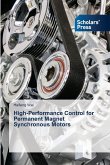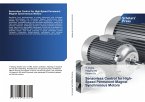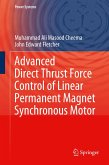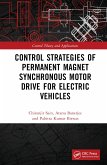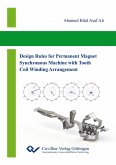Over the past two decades the electromechanical energy-conversion landscape has been quietly rewritten by two converging forces: the explosive growth of wide-band-gap semiconductors and the relentless demand for higher power density, fault tolerance and transient response in safety-critical drives. These forces have pushed the three-phase paradigm to its thermal, magnetic and control limits, and have catapulted multiphase permanent-magnet machines from academic curiosity to mainstream hardware in electric aircraft propulsion, ship-board integrated power systems, hybrid heavy-duty traction, high-speed compressor trains and next-generation wind turbines. Among the many multiphase candidates, the dual three-phase (or asymmetrical six-phase) permanent-magnet synchronous machine has emerged as the most rapidly adopted topology because it elegantly doubles the number of control degrees of freedom while still inheriting the mature manufacturing toolchain of conventional three-phase stators.
Bitte wählen Sie Ihr Anliegen aus.
Rechnungen
Retourenschein anfordern
Bestellstatus
Storno


